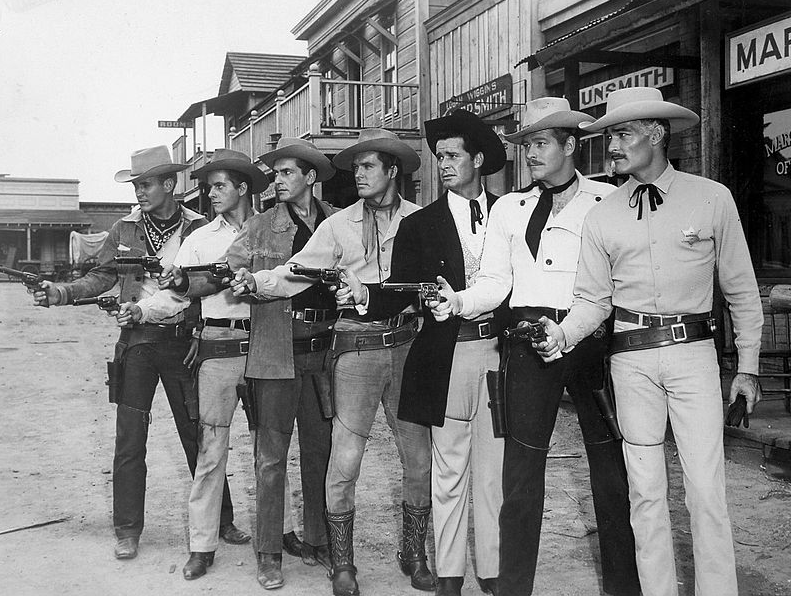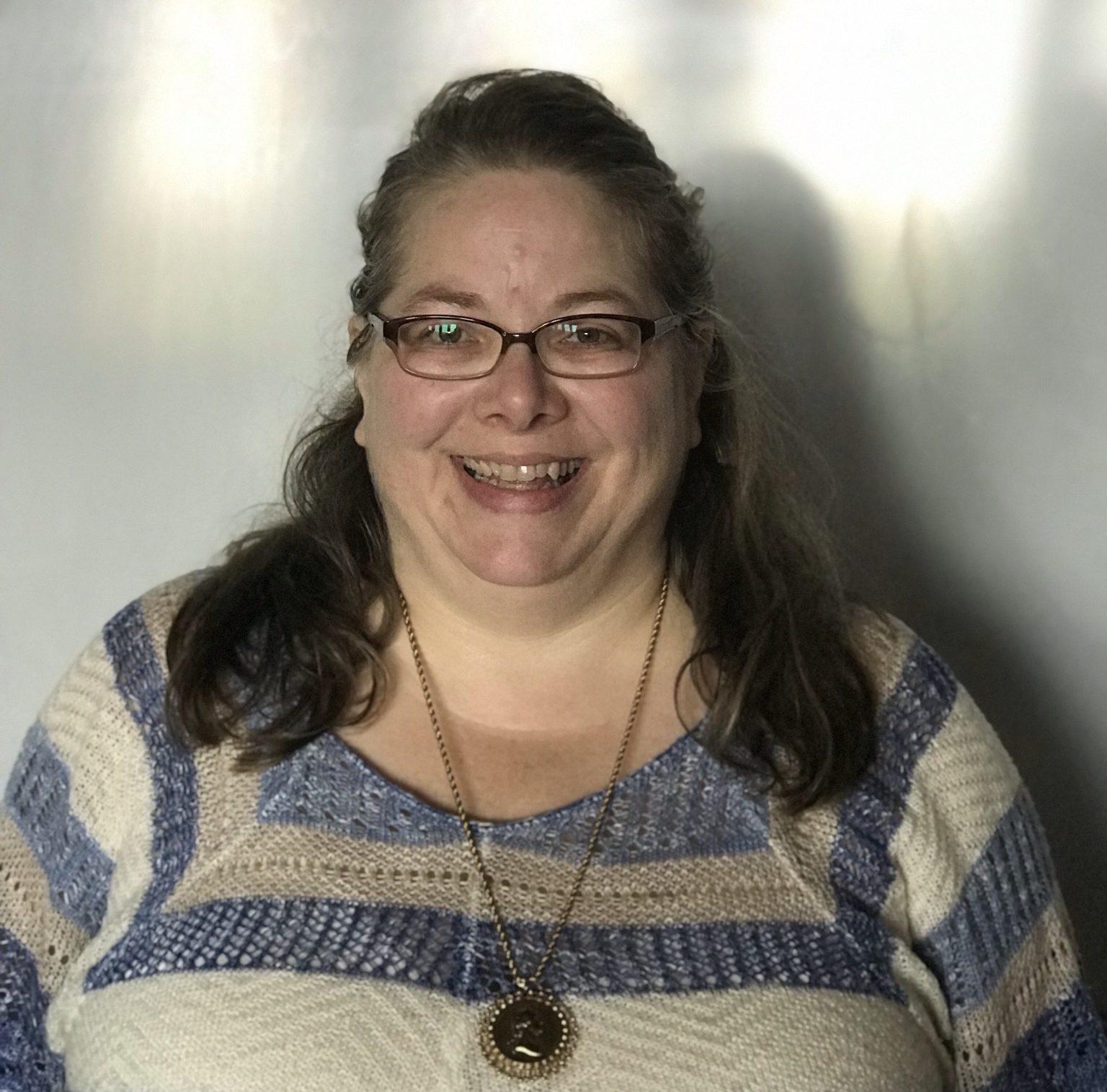Connie Zornes-Padovani is a professor at Sinclair Community College and has been teaching Spanish since the winter quarter of 2001.
“I very much enjoy sharing my knowledge of the Spanish language and worldwide customs to those who might not experience it otherwise, as well as to those who have an interest in pursuing language learning.”
Zornes-Padovani’s native language is English, but she also speaks French, Portuguese and of course, Spanish. She has also studied Latin, which although a dead language, is the Romance language from which French, Portuguese and Spanish are all derived.
Zornes-Padovani first found her interest in learning languages when she was a child.
“I used to watch westerns with my dad.” she said, “The Native Americans in these movies spoke a different language and had different customs than the cowboys. I wanted to learn Navajo so that I could understand what these natives were saying, just in case I ever met one. In grade school, my first-grade teacher taught us a few words, and I just kept picking it up from there. She also taught us some customs of the Mexican people which sparked my interest to learn more.”

Related Articles:
She then went on to study languages at university. Zornes-Padovani earned her Bachelor’s of Arts in French and Spanish from the University of Dayton, then her Master’s of Arts in Spanish (with a concentration on Hispanic Linguistics) at the Ohio State University in Columbus.
As speaking a foreign language can open up a multitude of new opportunities, such as traveling internationally, Zornes-Padovani has utilized this advantage and has been to Spanish-speaking countries like Spain, Mexico, and Puerto Rico. This is definitely a huge plus to learning any foreign language!
Now that she has been teaching Spanish at Sinclair for nearly 18 years, Zornes-Padovani has become quite experienced with language learning and what it has to offer.
“Learning another language in the 21st century is a must-do for anyone seriously interested in working or living in a global market. There are 20 countries and one commonwealth in the world where Spanish is the official language, and many more countries where Spanish is an important second language.
“The United States has a growing Spanish-speaking population, enabling more opportunities to interact with native speakers – learning the Spanish language and the customs of the countries the immigrants are from.”

If you are looking to become fluent in Spanish, or any language, here is some advice from Professor Zornes-Padovani.
“Practice! Expose yourself! Find every opportunity to interact with native Spanish-speakers and practice speaking with them. There are all sorts of media modalities these days where you can encounter Spanish-speakers: online platforms such as Facebook and Twitter; Spanish-language television channels and internet stations; music videos and radio stations; just to name a few.
“If you get the chance to immerse yourself in the culture and/or country of a Spanish speaker, even better. Diligently interacting with a native in his/her language will allow you opportunities to experience local customs as well as local language tendencies, something that is not as well covered in a language course.”
For any subject that you decide to study or make your passion, it is important to enjoy what you do. With all of it’s amazing attributes, language learning is not hard to fall in love with!
“I have always enjoyed the fact that learning an additional language opens up so many possibilities and opportunities.
“I can now communicate with someone halfway around the world in his/her own native language! I can now understand some customs that are different from my own. I can now appreciate perspectives from a world citizen that I might not otherwise if I had to rely on my native tongue to discover them.
“Learning more than one language makes the world a smaller place, and I feel more connected to the people when I can communicate in their own language. We all have so much to learn from each other, so why not give yourself the advantage of connecting on a more intimate level? Language can do this for people!”
Anwen Harris
Reporter

